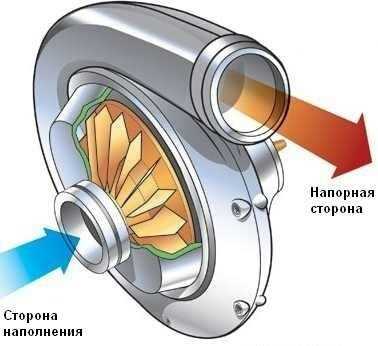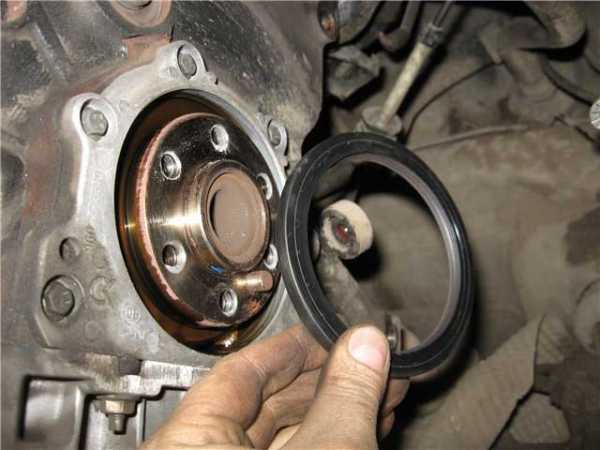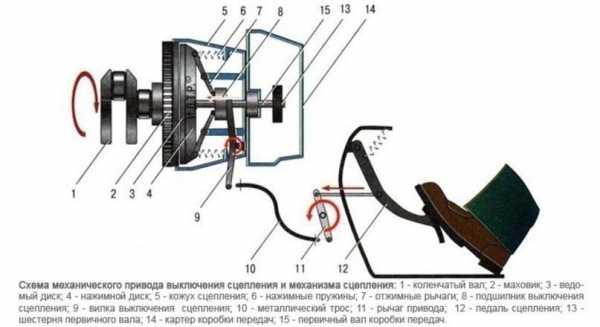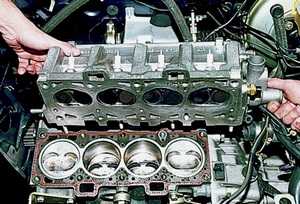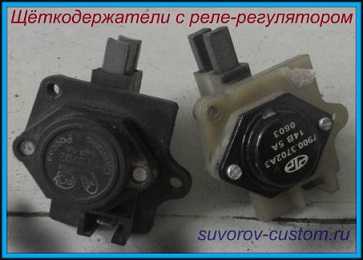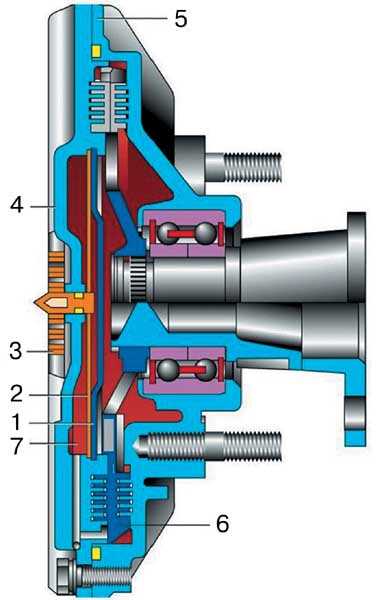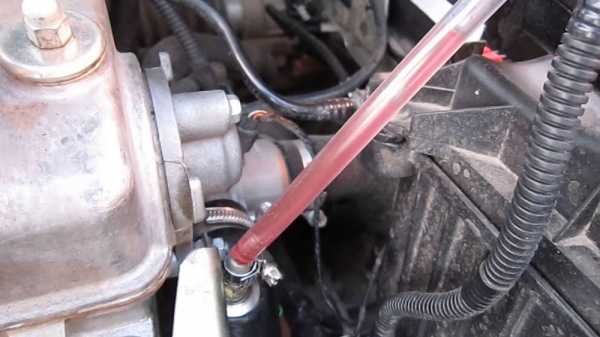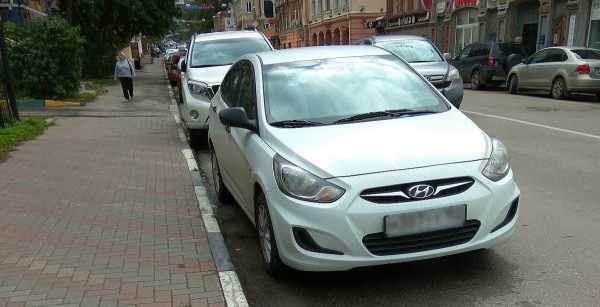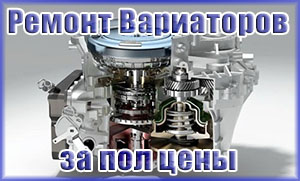Dodge challenger srt hellcat
Dodge представил обновленный Challenger SRT 2017
На автосалоне в Нью-Йорке 2014 дебютировал рестайлинговый вариант спортивного купе Dodge Challenger 3, но тогда не был показан топовый вариант модели с приставкой SRT, которую рассекретили лишь в середине мая.
Внешне обновленный Додж Челленджер СРТ 2015 модельного года получил те же изменения, что и базовая версия автомобиля, но от последнего мощную модификацию отличают переоформленная решетка радиатора, увеличенный возлухозаборник в центре капота, сплиттер и иной дизайн 20-дюймовых колесных дисков.
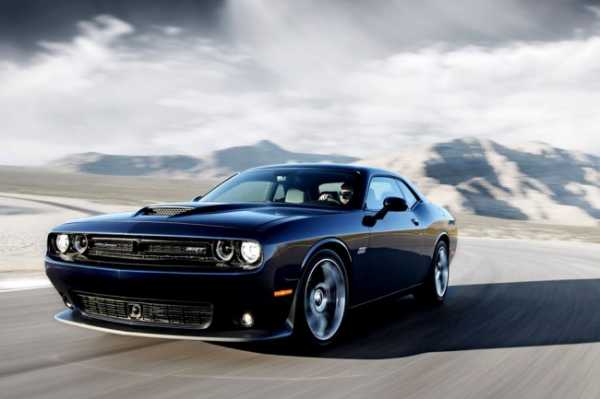
Каталог Dodge
Что касается силового агрегата, то 6,4-литровый атмосферный V8 HEMI под капотом Dodge Challenger SRT 2015 прибавил 15 “лошадок” и 7 Нм крутящего момента, так что теперь движок выдает 485 л.с. и тягу в 644 Нм, которая передается на колеса задней оси посредством шестиступенчатой механики Tremec, либо новой 8-диапазонной автоматической трансмиссии TorqueFlite.
Dodge Challenger SRT Hellcat
Вместе с обновленным купе Challenger SRT (2015-2016) автопроизводитель презентовал версию Hellcat с совершенно новым 6,2-литровым компрессорным двигателем V8 Hellcat, который стал самой мощной “восьмеркой” за всю историю концерна Chrysler.
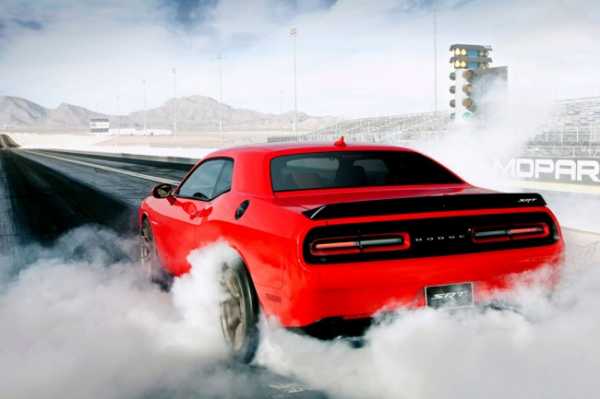
Точные характеристики этого движка производитель рассекретил лишь в начале июля 2014-го. Мотор развивает внушительные 717 л.с. и 880 Нм крутящего. Правда, динамические показатели модели будут объявлены позже. Для сравнения, стандартный 485-сильный Challenger набирает сотню с места примерно за четыре секунды, а его максималка достигает 293 км/ч.
Для достижения таких показателей силовой агергат получил кованые коленчатый вал и шатуны, головки цилиндров из алюминиевого сплава, а также поршневые пальцы с карбоновым покрытием. Работает он также либо с паре с 6-ступенчатой МКПП, либо с 8-диапазонной АКПП.
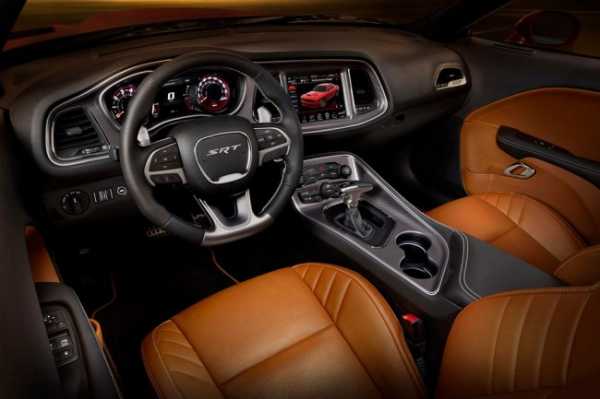
Примечательно, что автомобиль поставляется с двумя вариантами ключа зажигания. Красный позволит задействовать всю имеющуюся мощность масл-кара, тогда как черный ограничит отдачу движка на 500 л.с.
Внешне Dodge Challenger SRT Hellcat 2015 выделяется другим передним бампером, измененной решеткой радиатора, дополнительными воздухозаборниками в капоте, иными боковыми “юбками”, увеличенным задним спойлером и эксклюзивными 20-дюймовыми колесными дисками Slingshot, “обутыми” в покрышки Pirelli P Zero Nero размерностью P275/40ZR20.
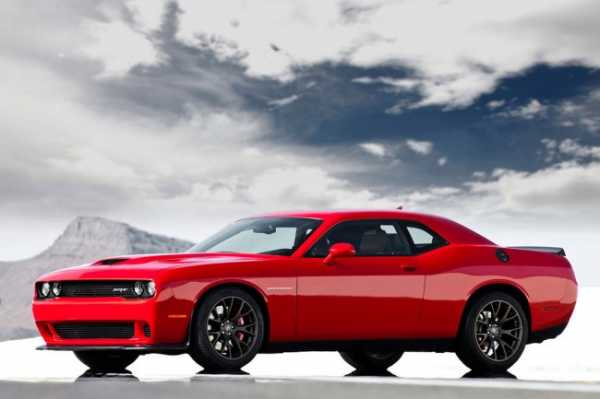
Плюс автомобиль оснащен мощными шестипоршневыми тормозами Brembo с 390-миллиметровыми тормозными дисками, перенастроенными ABS и системой контроля тяги, а также мехатронным шасси с четырьмя режимами работы: Default, Custom, Sport и Track. А еще для купе доступен специальный парковочный режим Valet, призванный упростить управление мощным заднеприводным автомобилем на низкой скорости.
В салоне обе версии Додж Челленджер СРТ (2015-2016) получили спортивные кресла и современную переднюю панель от обновленного седена Charger с 8,4-дюймовым сенсорным экраном мультимедийного комплекса Uconnect на центральной консоли и 7-дюймовым TFT-дисплеем на приборном щитке. А модификация Hellcat щеголяет эксклюзивной отделкой и дополнительными варианами оформления.
Продажи моделей в Штатах стартовали в третьем квартале 2014-го, цены не уточняются.
Видео Dodge Challenger SRT Hellcat
 Показать еще
Показать еще 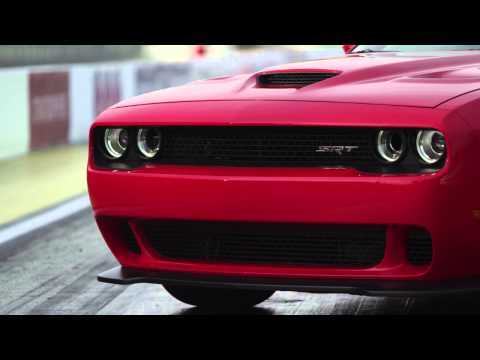
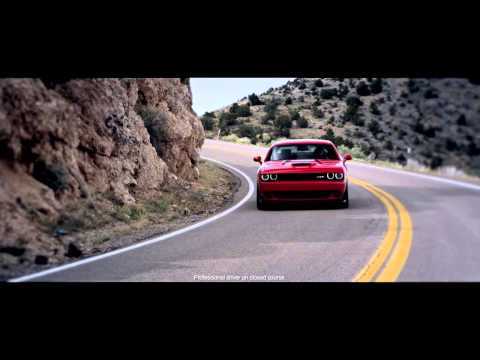
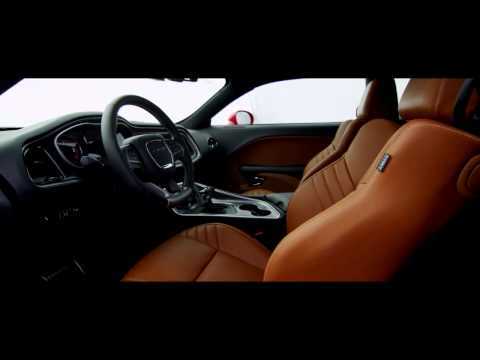
 Метки: Dodge Challenger, Новости Dodge
Метки: Dodge Challenger, Новости Dodge Заметили опечатку на сайте ? Выделите ее и нажмите Ctrl + Enter
Комментарии »
Источник: www.allcarz.ru
The Dodge Challenger SRT Hellcat Is Back For 2019 With Two Giant Nostrils On The Hood
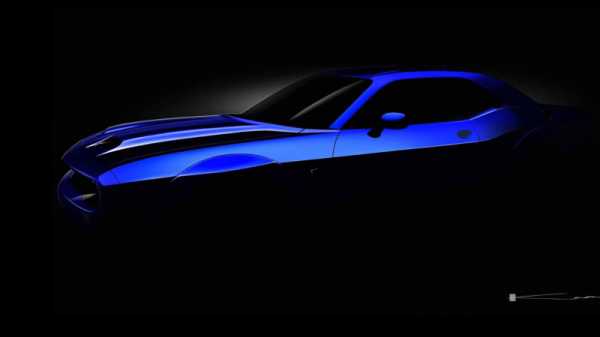 The 2019 Dodge Challenger SRT Hellcat. Image: Dodge
The 2019 Dodge Challenger SRT Hellcat. Image: DodgeThe drag nightmare of a 2018 Dodge Challenger SRT Demon was only planned for one model year, but its less powerful sibling isn’t going anywhere. The 2019 Dodge Challenger SRT Hellcat is a go, and the first teaser images of the car show that it’ll have a full-on snout with dual snorkels on the hood.
Can you practically see this thing breathing heavily like it’s about to stampede you? Yeah, same. It’s a machine of drag-strip destruction that now looks like one, too, and it’s terrifying—like a big, plastic, intimidating nightmare that you can’t wake up from. Mission accomplished on that one.
Image: DodgeBut the hood is for more than scaring innocent passerby. Dodge didn’t say much about the 2019 Hellcat in a Wednesday press release on the car, other than that its “sinister” new hood is “pays homage to the distinctive Mopar design themes from some of its most famous muscle cars” from the 1960s and ‘70s. It also said the hood and its gigantic dual snorkels are fully functional, meaning there will be a lot of air intake into the monstrosity of an engine we can expect it to run.
Dodge didn’t give specifics on that engine, other than that it’ll be supercharged like the 707-horsepower 2018 Hellcat was. (What else would it be? It’s a being from Hell. Of course it’ll be supercharged. Hopefully the road to Hell is straight.)
The fender flares in the teaser photo show that it’ll probably have some kind of widebody option, whether it’s a $6,000 performance package like it was on the 2018 Hellcat or standard on the car like it was on the 840-HP Demon. Without a new model year of the Demon coming out of the factory ready to destroy every (straight) road around, we could very well see a more intense baseline Hellcat.
As for details on the Hellcat, we and the rest of the world will have to wait until summer to find out more. If anything, we know the power won’t disappoint.
The 2018 Dodge Challenger SRT Hellcat Widebody Never Lets You Forget Who's Really In Control
 Jalopnik ReviewsAll of our test drives in one convenient place.
Jalopnik ReviewsAll of our test drives in one convenient place. It’s one thing to read about power or observe it—to understand its nature from a distance. But it’s a completely different thing to wield that power, and to have it threaten your very existence if you misuse it. That’s how the 2018 Dodge Challenger SRT Hellcat Widebody made me feel.
(Full disclosure: We at Jalopnik thought it fitting to give the cat lady a Hellcat. Thus, we asked FCA to lend me one for the week. They agreed, and even let me put my own little hellcat inside of the car. She didn’t scratch anything.)
This Hellcat, in all of its wide-bodied glory, is one of the better versions of the Dodge Challenger, and rated at 707 horsepower. It’s a step below the Challenger Demon in the lineup, which is rated to make 840 HP on super high octane gas.
My tester, which had an eight-speed automatic transmission and 650 lb-ft of torque, was a “Widebody” version of the Hellcat: a $6,000 performance package making the car 3.5 inches wider, with fender flares to fit the giant all-season tires that add gobs of grip but will probably get eaten up faster than you’d like to replace them.
But the Hellcat, as tire- and speed-hungry as it is, is about living—living and feeling the road under you. We decided to test not only how much life it brings a person on speed runs, but also how it felt to live with the car on a daily basis.
Wrangling The Widebody’s Power And Size
The Hellcat’s hood, stuffed with that giant 6.2-liter V8, was cartoonish in size—as was the rest of the car. It can take a few tries to get it in the lines of a parking spot, and I might or might not have gotten stuck in a median-lined merger lane for an embarrassing amount of time because I needed a minute to get used to the car. That’s extra embarrassing in something as ostentatious as a red Hellcat.
Driving the Hellcat was almost like being behind the wheel of a car in a racing game or simulator, where the front end is exaggerated to appear on the screen and remind a player that they are indeed driving a virtual vehicle. Its steering, engine noise and entire presence felt so purposely unrefined, on edge, like it works very earnestly to live up to that Street & Racing Technology badge.
That’s the whole idea. Unlike the part of the car market that takes power and packages it as manageable, empowering and polished—the sport sedans, like the Cadillac V-Series cars and Audi’s S line—the Hellcat feels raw. Its power isn’t packaged as manageable, because it isn’t.
A helpful video to help you remember the differences between a house cat and a Hellcat.
Switching a Hellcat into sport mode turns off traction control. If the driver gets on the gas too eagerly, the back will break loose without any hesitation. Each piece of loose gravel can be heard rattling under the car’s huge fenders. (The traction control light is alarming, but it’s not as much of a threat as it seems—stability control remains on.)
It takes work to understand how to properly use the Hellcat’s 707 HP, and the idea that it could launch into the nearest fence at any time never goes away. It reminds a person that they’re only in control if they make calculated and distant decisions in how to drive—without arrogance or a forged feeling of understanding the car.
The Hellcat is like a house cat that seems perfectly tame until someone touches its stomach, and that’s when the claws come out. It can be angry, and it isn’t there to cater to your needs. It’s there to remind you that you’re human, and humans bleed when they get scratched.
Daily Driving
Something that also tends to get scratched, in terms of the Hellcat, is its front splitter. It was no match for the drainage dips in the road, or any other changes in elevation, which would attack the splitter like a cheese grater. Picking off the scraped and scuffed pieces of a $76,000 car is not a good feeling.
That’s the point at which a performance car gets more real: When you realize that while it feels invincible, it always has vulnerabilities as a daily driver.
Space, Ride And Interior
While there isn’t much space between the ground and the splitter, the Hellcat itself does have a lot of storage room.
One of the best traits of the Hellcat as a daily driver is that it’s huge. There’s space for pretty much everything you need to put in it. Trips to the grocery store aren’t a problem, and neither is putting large objects in the back seat or trunk. Jalopnik’s Andrew Collins even fit skis in it. The only hard part is making sure you parked it right.
The Hellcat’s interior was mostly Alcantara, which fits the vibe of an American sports car surprisingly well. Alcantara is also pet friendly, and accommodated a house cat with claws quite well. The actual cat’s roar is somewhat quieter than the one the Hellcat lets out.
The interior and exterior of the Hellcat felt too hollow for a $76,000 car, but that’s because the Hellcat is more about its power than its outer shell. Sometimes the seats wouldn’t quite be clicked into place until I accelerated, and then the sudden sound and movement was a little disconcerting.
The interior was heavy on plastic, and other parts of the car were flimsier than anticipated. I spent a lot of time trying not to destroy its delicate front splitter, the paddle shifters were thin, and the automatic shift lever itself felt a little too loose for comfort.
It also felt like, with such a simple interior, a lot of basic commands had to be found in the center dash display’s apps screen. Settings like the wheel heater don’t stay on between engine startups, meaning the driver has to dive back into the apps cluster to find it again. And, as we’ll talk about soon, the performance screens in this particular car were fond of crashing from time to time.
Fuel Economy And Tech Features
Gas is even more terrifying than elevation changes, as the Hellcat gets about 11 mpg in the city and, of course, takes premium gas. A buyer should expect that, since the car comes with a $1,700 gas-guzzler tax on its price. My car also defaulted to eco mode every time it started up, which was weird for a Hellcat.
But a Hellcat driver isn’t going to Google best practices to save fuel, because it’s a 707-HP angermobile. That’s not what it’s for. You’re going to stomp the pedal and pay for the fuel to do it, along with a likely astronomical insurance rate since a Hellcat isn’t exactly your cushy, friendly, low-power family crossover.
The car’s dash display isn’t cushy, either. It’s all about performance features, and it’s probably one of the best parts of the car aside from the power. In the gauge cluster alone, there are nine different pages a driver can scroll through depending on what information they want directly in front of their eyes.
From experience, I’d recommend keeping it on the speedometer screen the whole time you’re on public roads. The speedometer tends to shoot past the posted speed limit before you can realize it, so having its speed blown up can help keep you from getting a ticket on public roads.
Should you want to choose something else to show up between the gauges, A driver can choose between pages for vehicle info, performance, fuel economy, trip info, audio, messages, screen setup, diagnostics and active diagnostic codes.
The page on vehicle info shows things like boost, horsepower and temperatures for different components of the car, while the performance page shows the kind of stuff a driver would be interested in at the drag strip: reaction time, the car’s 0-to-60 and 0-t0-100-mph times on a certain run, its time and speed for an eighth-mile drag run and a quarter-mile run, as well as brake distance and what speeds a driver hit the brakes from.
That same information can be put on the center display, too, if a driver wants to activate multiple performance apps at once. The center display has additional performance apps, like launch control, but our Hellcat’s performance pages had the tendency to crash on that screen.
The Hellcat’s paddle shifters were also immediately responsive, which should be expected from a car with a quarter-mile legacy to fulfill, and its transmission was sporty. It conveyed a sense of power to the driver that a Hellcat should.
There was also the nice bit of attention the Hellcat got, like random groups of guys mouthing “Oh, shit” as their car went by it or the occasional Subaru BRZ flashing its lights.
Verdict
Touching the gas in a Hellcat is invigorating. Checking your bank account after filling it up or tire wear after a road trip... isn’t. But people have different ideas about how to spend the money they have. I’m too cheap to buy a drag car that swallows tires before it can chew them as a daily driver, when I could find a slower, cheaper, non-automatic (in this Hellcat’s case) car to drive instead.
The Hellcat is an incredible car for the drag strip, and for simply having power available to you. There are interior and exterior features that seem fall short of its high price tag, but the performance gauges make up for that.
Plus, none of the cosmetic stuff matters when you’re able to throw yourself and anyone else back against a seat whenever you feel like it. Deciding whether this car is for you is really all about preference, in whether you’d rather save money or rip through the streets like they’re the wrapping on a birthday gift.
The Hellcat isn’t at all perfect, and, aside from its flaws, it’s far more bare and raw than other cars in its price range. But the Hellcat doesn’t have to be perfect, because, you see, this is the Hellcat’s world.
You’re just living in it—so long as the Hellcat will let you.
2019 Dodge Challenger SRT Hellcat Redeye Packs 797 HP
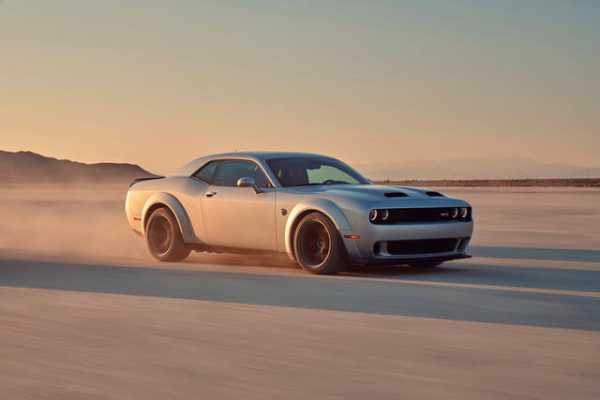
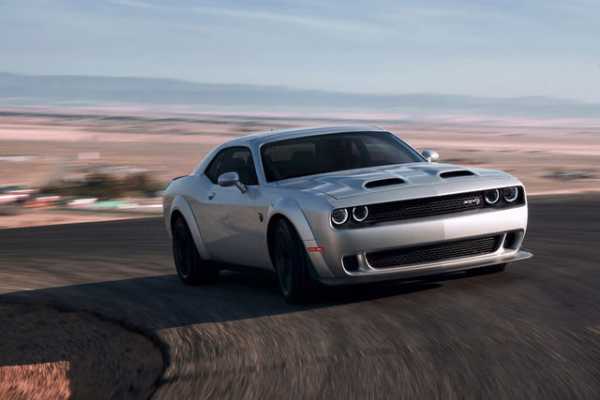
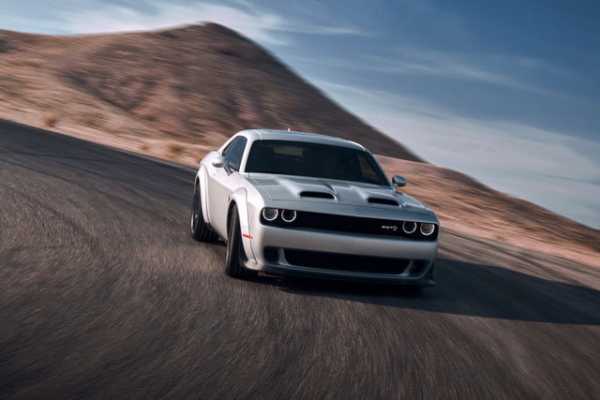
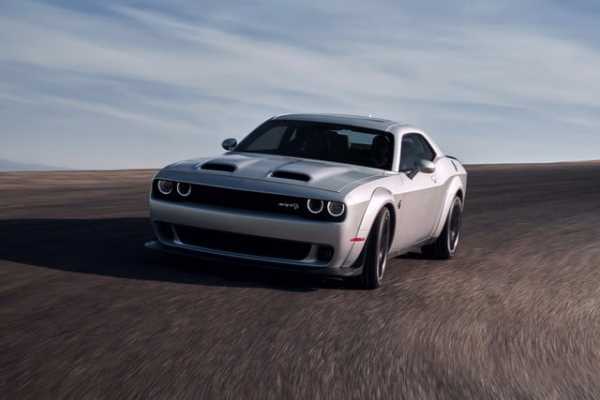
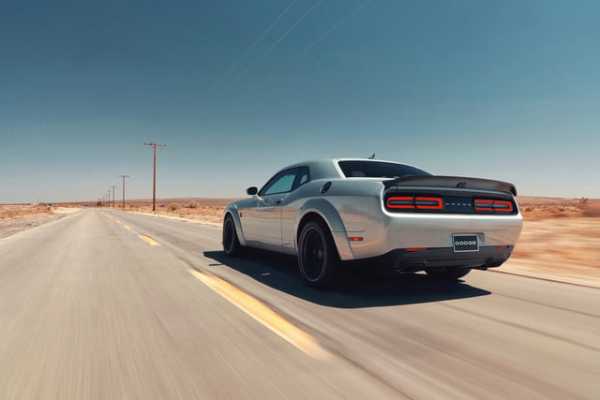
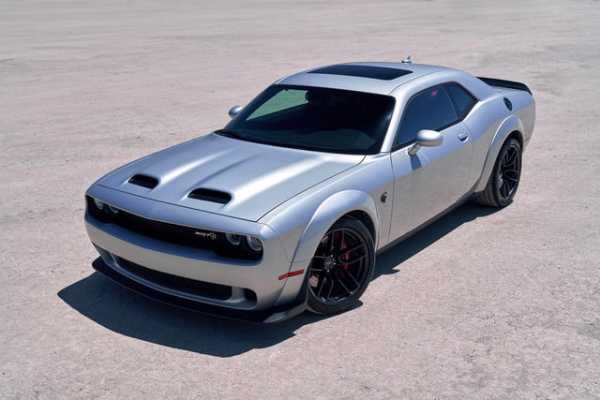
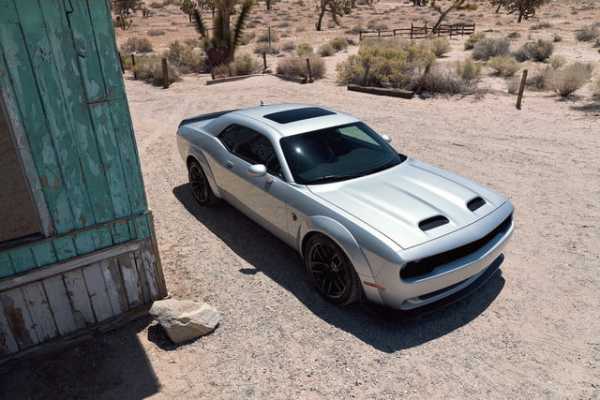
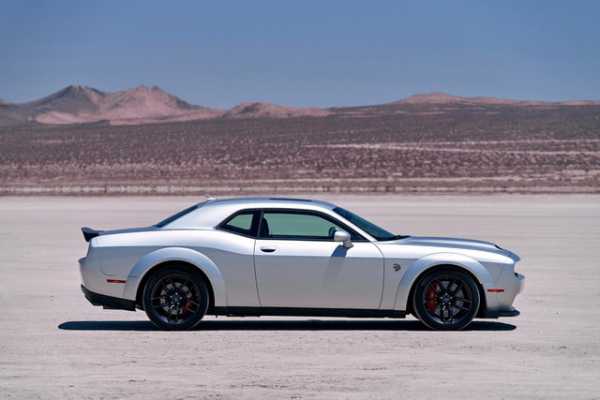
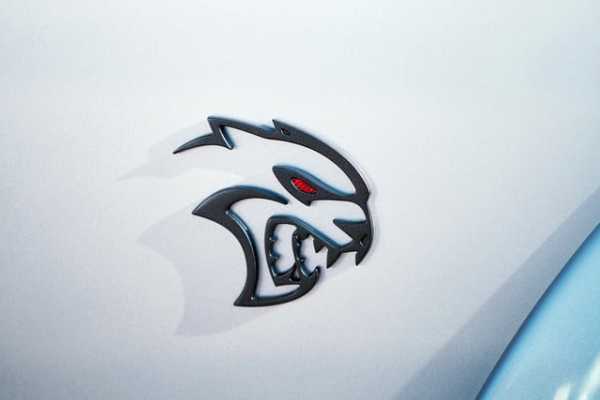

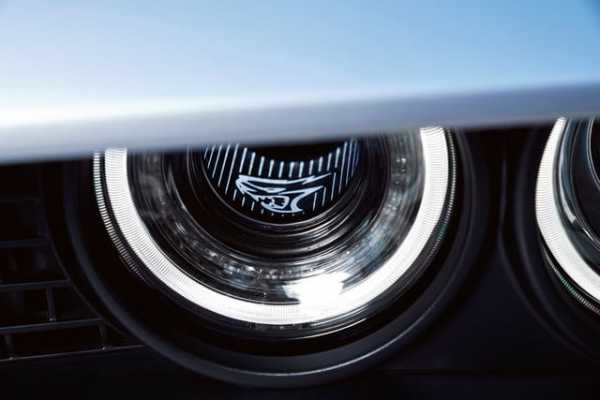

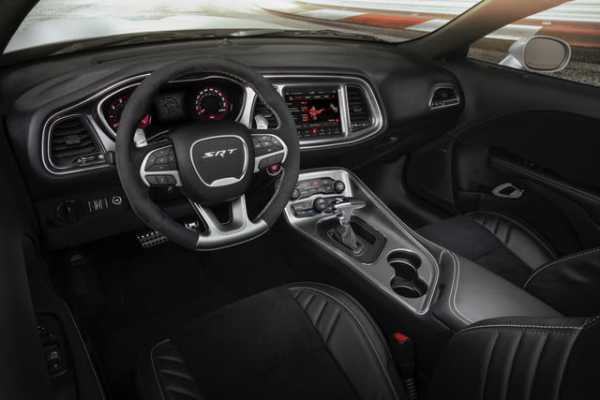
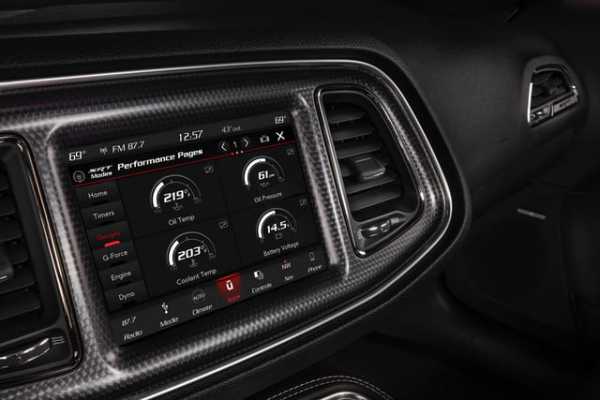
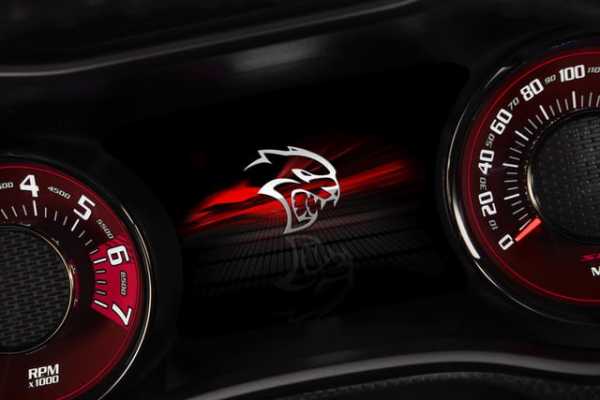
The quarter-mile-crushing SRT Demon may be gone, but the updated 2019 Dodge Challenger lineup still has plenty of muscle. Apparently not wanting to let a good engine go to waste, Dodge is dropping the Demon’s 6.2-liter supercharged Hemi V8 into a new Challenger model: the 2019 SRT Hellcat Redeye.
Sporting red eyes in its Hellcat badges to show that it’s been possessed by the Demon (or maybe just had to endure a late-night flight), the Redeye boasts 797 horsepower and 707 pound-feet of torque. That’s a bit less than the Demon’s 808 hp and 717 lb-ft (or 840 hp and 770 lb-ft on 100-octane racing fuel), but it still makes the Redeye engine the most powerful V8 currently in production, according to Dodge. It’s also more powerful than many supercars.
The Redeye offers supercar-level performance, too. Dodge claims it will do 0 to 60 mph in 3.4 seconds, run the quarter mile in 10.8 seconds at 131 mph, and reach a top speed of 203 mph. Note that the quarter-mile time applies only to the Widebody version, which adds wider tires and fender flares to cover them. The standard version takes 0.3 seconds longer.
Dodge also revamped some existing Challenger models for 2019. The SRT Hellcat’s 6.2-liter supercharged Hemi V8 now makes 717 hp and 656 lb-ft of torque, up from 707 hp and 650 lb-ft. The Hellcat Widebody will now run the quarter mile in 10.9 seconds at 127 mph and tops out at 195 mph, according to Dodge. The standard version is a bit slower in the quarter mile (11.2 seconds at 125 mph) but has a higher top speed of 199 mph.
Both SRT Hellcat and SRT Hellcat Redeye also get some of the Demon’s electronic systems, including launch control, launch assist, and line lock, which locks the front brakes for easy burnouts. The Challenger’s main rivals, the Ford Mustang and Chevrolet Camaro, both offer that feature as well. The Hellcats also get the Demon’s Torque Reserve system, which helps build up the supercharger’s boost while the car is staged at the line for a quarter-mile pass.
The Widebody option is now also available on the lower-level Challenger R/T Scat Pack model. The Scat Pack sports a 6.4-liter naturally aspirated Hemi V8 making 485 hp and 475 lb-ft of torque. Dodge also added launch control, launch assist, and line lock for 2019, as well as retuned suspension, and a rear spoiler taken from the Hellcat. Dodge also made some styling tweaks across the lineup, including a retro dual-snorkel hood for the Hellcat models inspired by its 1960s and 1970s muscle cars.
Dodge will also continue selling Challenger variants with the 5.7-liter Hemi V8 and 3.6-liter Pentastar V6 that will slot below the Scat Pack in price. Dodge expects to begin delivering 2019 Challengers to dealerships later this year. Pricing starts at $27,295 for a base V6 SXT model, while the Hellcat Redeye starts at $71,350, according to Motor Authority. The latter price includes a $1,700 gas guzzler tax, but it’s still substantially less expensive than the $86,090 starting price of the one-year-only Demon.
Update: Added pricing information
Editors' Recommendations
"Питер - АТ"
ИНН 780703320484
ОГРНИП 313784720500453
